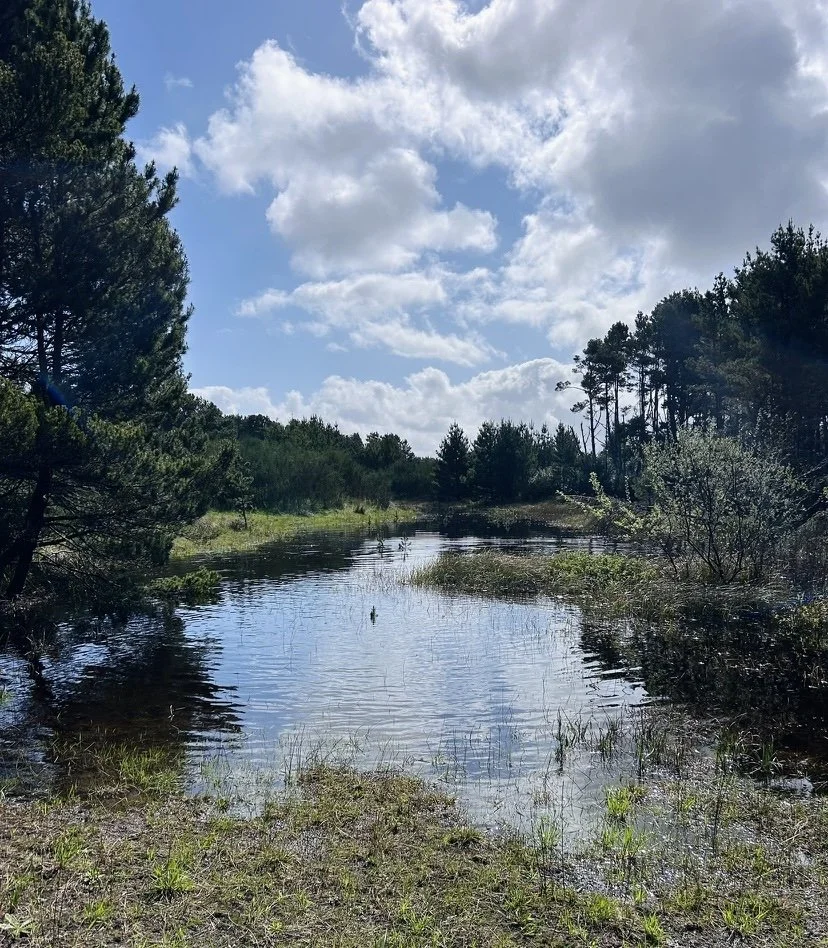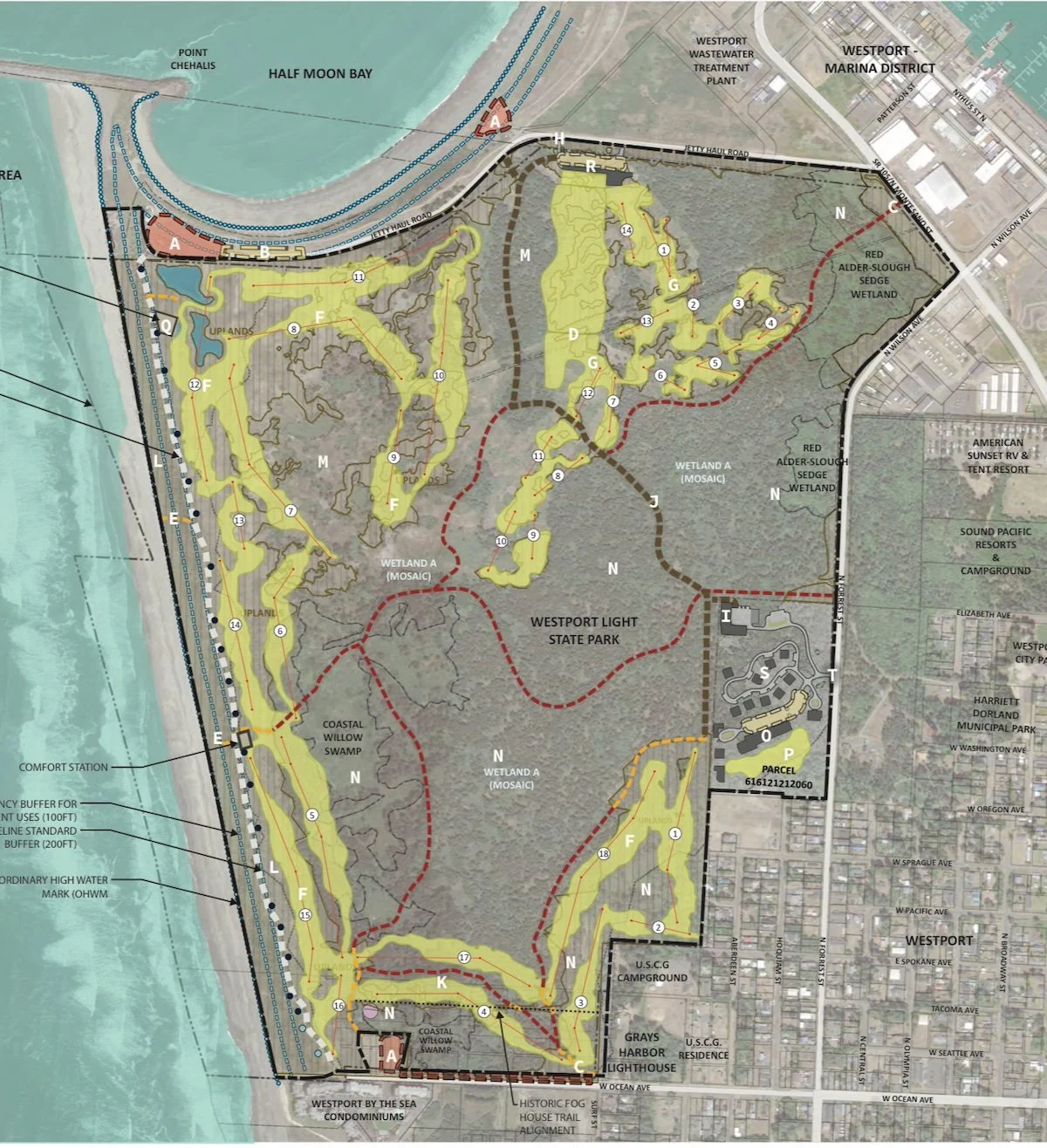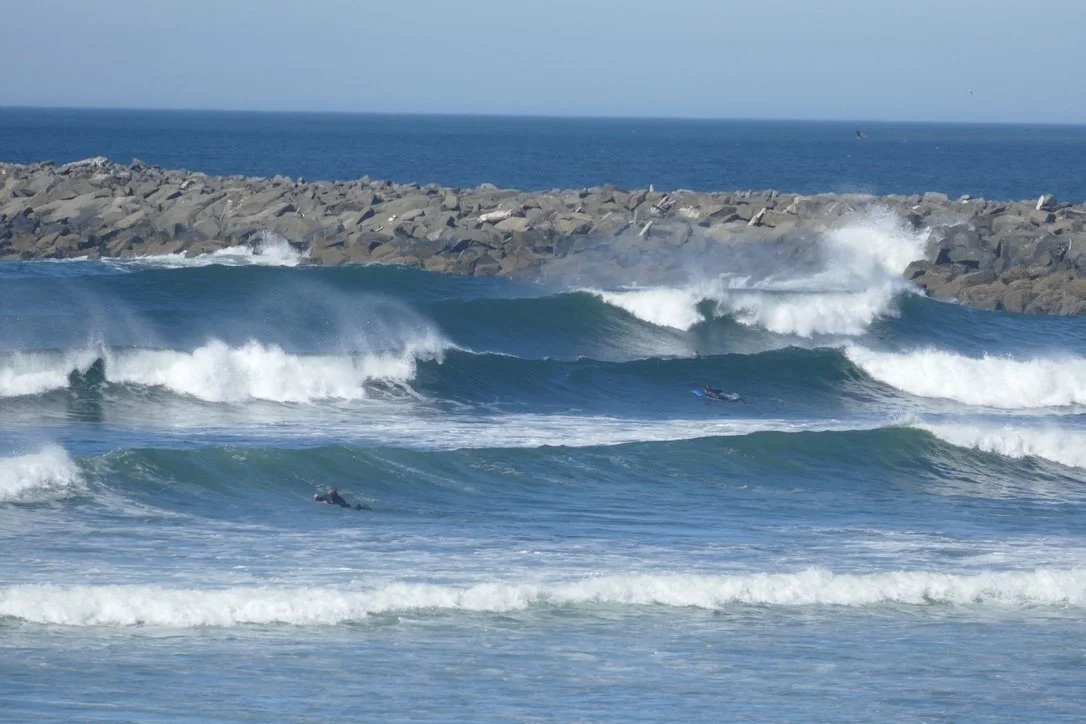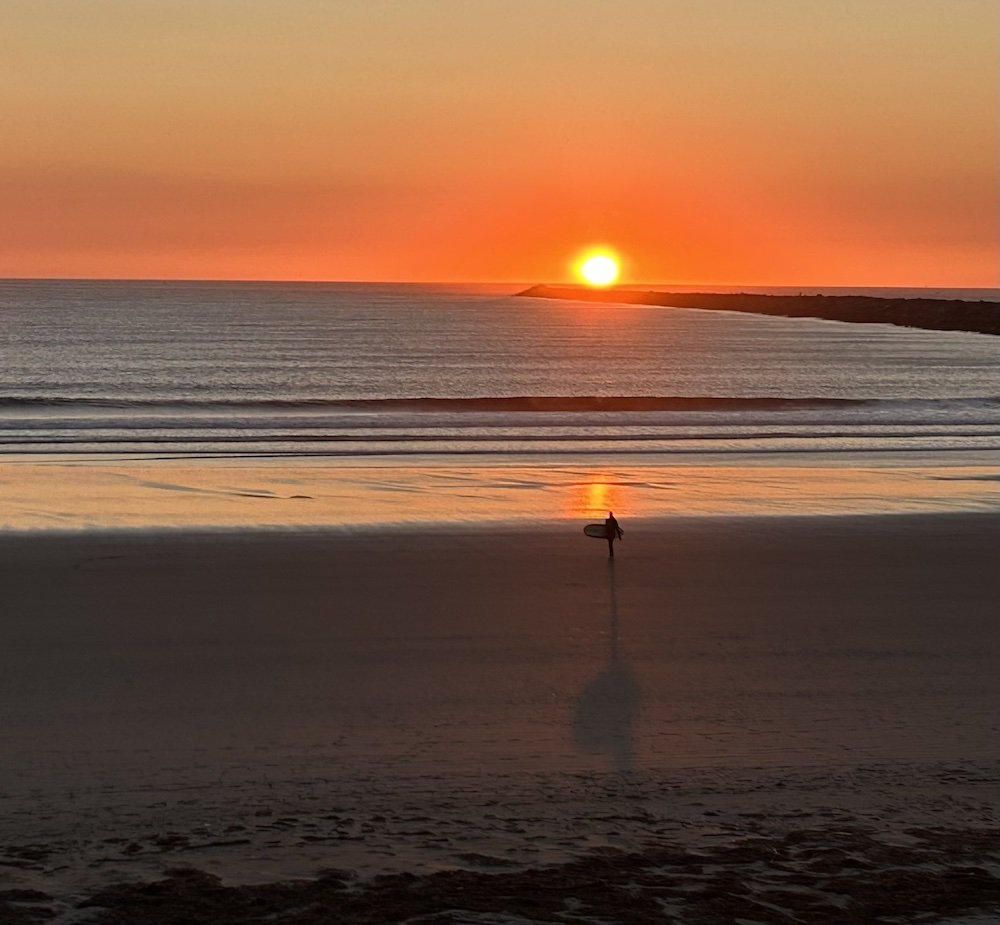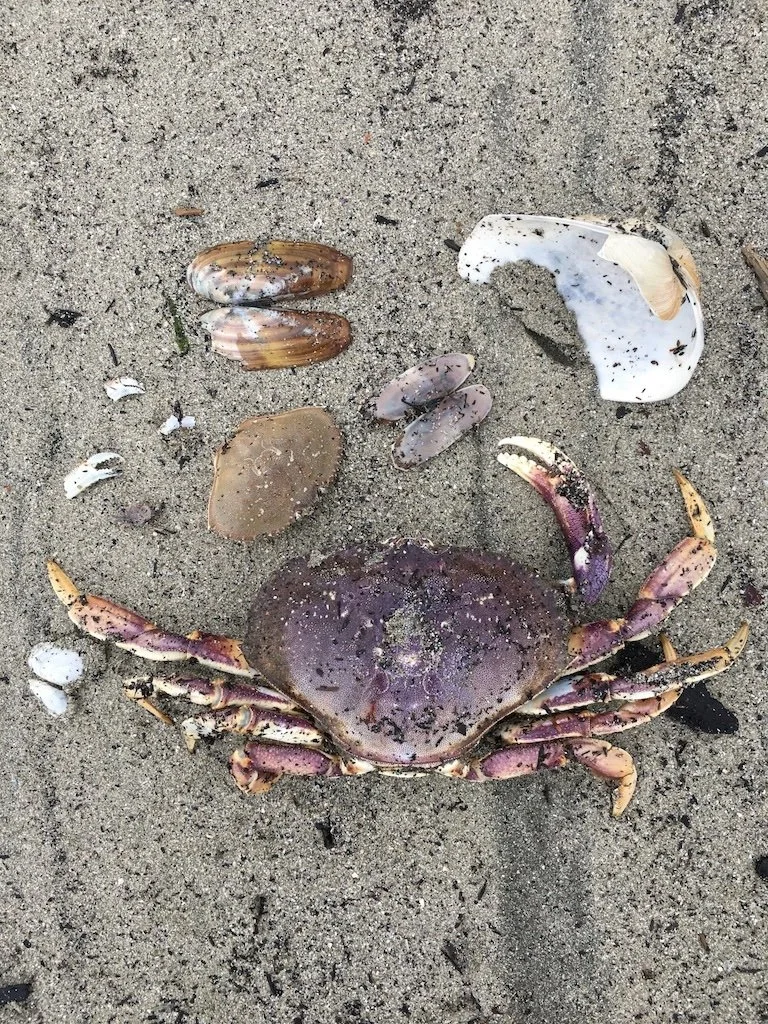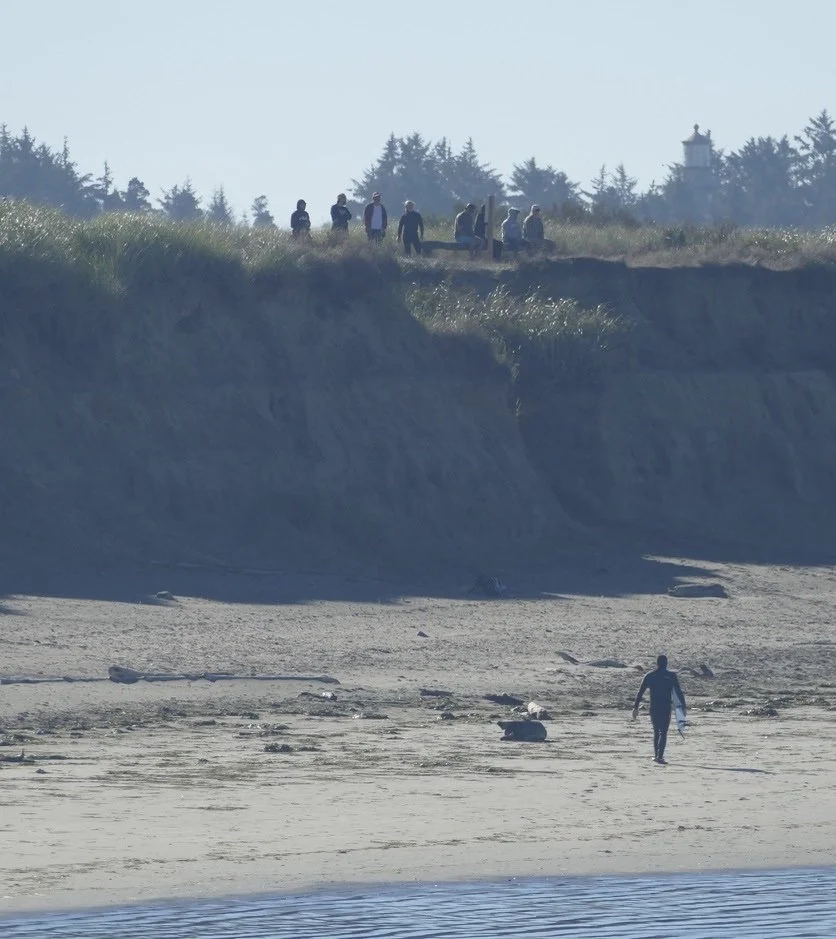Environmental Groups Raise Concerns About Westport Golf Links
A proposed golf course in Westport Light State Park has sparked debate in the community, but what do environmental experts say about the project?
Westport Golf Links (WGL) has proposed to construct a Scottish Links-style golf course in Westport Light State Park. As required, the project must go through an environmental review process. The Draft Environmental Impact Statement was completed this spring, with the City of Westport serving as the SEPA Lead Agency. Public comments were received from April to June 2025 and generated over a thousand responses.
While many comments expressed support for the golf course, the state Department of Ecology, scientists, coastal recreation advocates, and the Quinault Indian Nation submitted detailed technical reviews. Their comments highlighted significant environmental risks and legal challenges.
For residents of Westport, Grays Harbor, and Washington, regardless of where you stand on this project, understanding these environmental costs is crucial. This article lays out the main concerns raised by four organizations. All information quoted here is sourced from publicly accessible comments submitted during the review process.
State's Largest Wetland Impact Ever Proposed
The Department of Ecology plays a key role in regulating development near shorelines using the Shoreline Management Act. This act requires cities like Westport to develop and implement a Shoreline Master Program. This creates a regulatory partnership system where the DOE works with local governments to manage shoreline development. In Westport, if a developer is planning to build within 200 feet of the ocean, they are subject to shoreline regulations.
The DOE also regulates wetlands and other critical areas. The ultimate goal is to strike a balance between development and environmental protection. The DOE believes that Westport Golf Links would cause large-scale ecological damage. The golf course would destroy up to 43 acres of rare coastal wetlands, equivalent to 35 football fields of wetland loss. “Ecology has not authorized an impact that large to any wetlands before, let alone to Category 1 wetlands, which include rare, high-quality wetlands in Washington State.”
Westport Light State Park is home to wetlands that are protected at the state's highest level, designated as Category I. This designation is reserved for essentially irreplaceable ecosystems. According to the DOE, “Most impacts are proposed to interdunal wetlands….they provide unique plant and animal habitat found nowhere else in the state. This includes providing important stopover grounds for migratory shorebirds. This site contains one of the largest reserves of interdunal wetlands in the state.”
The DOE says the golf course proposal is legally unpermittable. The proposal would violate multiple environmental laws. The Shoreline Management Act requires "no net loss" of ecological function near shorelines, while the Water Pollution Control Act protects all state waters, including wetlands. The area is also designated as "Urban Conservancy" where commercial uses like golf courses are prohibited outright.
“The Westport SMP designates the areas in shoreline jurisdiction within the proposed golf project as Urban Conservancy. The SMP lists commercial uses as prohibited in Urban Conservancy. This prohibition would apply to any commercial developments proposed in shoreline jurisdiction which would include interdunal wetlands. Prohibited uses cannot be authorized and are not eligible for variances under the Shoreline Management Act.
Golf Course Maintenance Would Destroy Lichen Habitat
Lichens are complex organisms that play crucial roles in coastal ecosystems and serve as indicators of environmental health. Northwest Lichenologists is a non-profit group of scientists and lichenologists that maintains high standards in the field of lichenology. They often consult for industry and forestry sectors, and advise government agencies.
Daphne Stone, Ph.D, and President of the NW Lichenologists wrote, "The claim that the golf course could 'increase habitat for rare lichens' is ecologically unsound. Rare lichens in WLSP are intimately tied to undisturbed substrates and microclimates provided by the mature, shore-pine and willow vegetation communities, which are classified by the State as S1 (critically imperiled). Golf course maintenance, including mowing, fertilization, irrigation, and herbicide application, would degrade these conditions and foster invasive plant species.”
The letter also stated that WGL’s idea to move the lichen to a new location or create more habitat has never been proven to work. The golf course would fragment lichen habitat, increase foot traffic, and change the hydrology in the park in ways that would likely cause irreversible damage and possible extinction.
A similar letter with concerns about lichen preservation was also submitted by the Washington Native Plant Society, a nonprofit organization with 12 chapters statewide.
Water Quality Concerns for Westport's Premier Surfing Destination
The Surfrider Foundation is a non-profit dedicated to the protection and enjoyment of the world’s oceans, waves, and beaches for all people. Surfrider Washington has six chapters and represents thousands of people in the Washington coastal recreation community. Peter Steelquist, Washington Policy Manager for Surfrider, submitted a 25-page-long letter. It highlights discrepancies and failures, emphasizing the importance of Westport as a premier surfing and recreation destination.
Water Concerns- Runoff, Quality, and Wetlands
“The DEIS makes an unsupported conclusion that the project would not harm surfing. But the DEIS did not actually do any analysis or research to see if this is true….Furthermore, one of the features of the Westport Jetty is a rip current that allows for easy and safe access for surf experts to access the lineup in otherwise large and powerful waves. This rip is fed by longshore currents that concentrate against the jetty. We are concerned that any runoff, fertilizers, pesticides or herbicides that are administered or spilled over the long-term life of the project will accumulate or concentrate in the rip current area, where there is the highest concentration of recreational surfing access.”
“The DEIS should be amended to examine the potential danger to surfers from exposure to Harmful Algal Blooms, Herbicide spills, or harmful runoff to surfers and ocean users during the life of this project.”
“According to the DEIS, the Project proposes to use 342,000 gallons of water per day. But the City already has water supply problems. The DEIS fails to explain how the City has enough water to meet the needs of residents and businesses while also providing a massive amount of water daily to a golf course.”
“According to the DEIS, “the City of Westport has a significant storage deficit of 1,368,100 gallons. This deficit is projected to increase to 1,704,300 gallons by 2042.”
“This particular wetland system plays a vital role in enhancing the quality of life for residents of Westport, Grays Harbor County, and Washington State. These wetlands and their associated buffers are essential for preserving and providing crucial habitat, improving water quality, and regulating water quantity. They also help buffer and prevent potential damage from geological hazards or flooding, while simultaneously preserving natural flood controls and stormwater storage.”
Recreation Issues
“Tens of thousands of surfers come to Westport annually, and provide a huge boon to the local economy and culture This development will not only permanently alter the nature and character of this treasured area, this project will also harm the aesthetic experience of the area--which is important to surfers’ use and enjoyment of the area.”
“Currently, Westport State Park provides low-cost, inclusive access to coastal recreation. A golf course would fence off and repurpose part of the park for the enjoyment of a narrow demographic, contrary to the park system’s foundational principle of serving all Washingtonians.”
Quinault Indian Nation- Threats to Treaty Rights
The Quinault Indian Nation is a federally recognized sovereign Indian Tribe. In 1974, the “ Boldt decision,” which was a landmark court case, established the QIN’s treaty fishing rights for Washington waters, but also implies that those rights “depend on the continued existence of healthy fish populations.” Their 7-page letter, submitted by QIN President Guy Capoeman, argues that the proposed Westport Golf Links project threatens federally protected fisheries treaty rights.
Impacts on Shellfish and Crab Populations
“The DEIS has failed to assess how the proposal could affect crab habitat and populations. Nitrogen and phosphorus runoff, particularly fertilizer runoff, can negatively impact Dungeness crab populations…”
“Razor clam beds are adjacent to the Project Site, and yet the DEIS failed to assess how stormwater from the proposed outfall will lead to contamination of razor clams.”
“Excess nutrient runoff promotes harmful algal blooms, which can lead to hypoxic and anoxic conditions. These low-oxygen conditions can kill fish and eelgrass, degrade critical habitat for Chinook, chum, and coho salmon, and contribute to the formation of dead zones.”
Erosion and Climate Change Risks
“The Project removes critical areas, causing harm to fragile ecosystems, and has the potential to cause extensive shoreline erosion. It is foreseeable that a major climate change event such as a tsunami and/or an earthquake will happen. The runoff from pesticide and fertilizer-soaked greens coupled with the impacts from climate change such as flooding and storm events could be catastrophic.”
“ Development within interdunal areas that protect against flooding and sea level rise is counterproductive.”
“The DEIS states that if coastal erosion occurs, the golf course operator will be responsible for making modifications. This implies that erosion is a known and foreseeable issue and that stabilization measures may be needed. This directly conflicts with the City of Westport's Shoreline Management Plan, which prohibits new development that would require shoreline stabilization likely to harm adjacent shoreline areas.”
These organizations have raised serious concerns about the Westport Golf Links proposal. As the Final Environmental Impact Statement will be released in the near future, these expert voices deserve careful consideration from residents, policymakers, and anyone who cares about the future of Westport Light State Park.
If you would like to make a comment to the State park Commissioners about this project, go to https://parks.wa.gov/public-comment and select “Westport Light Planning Project”

